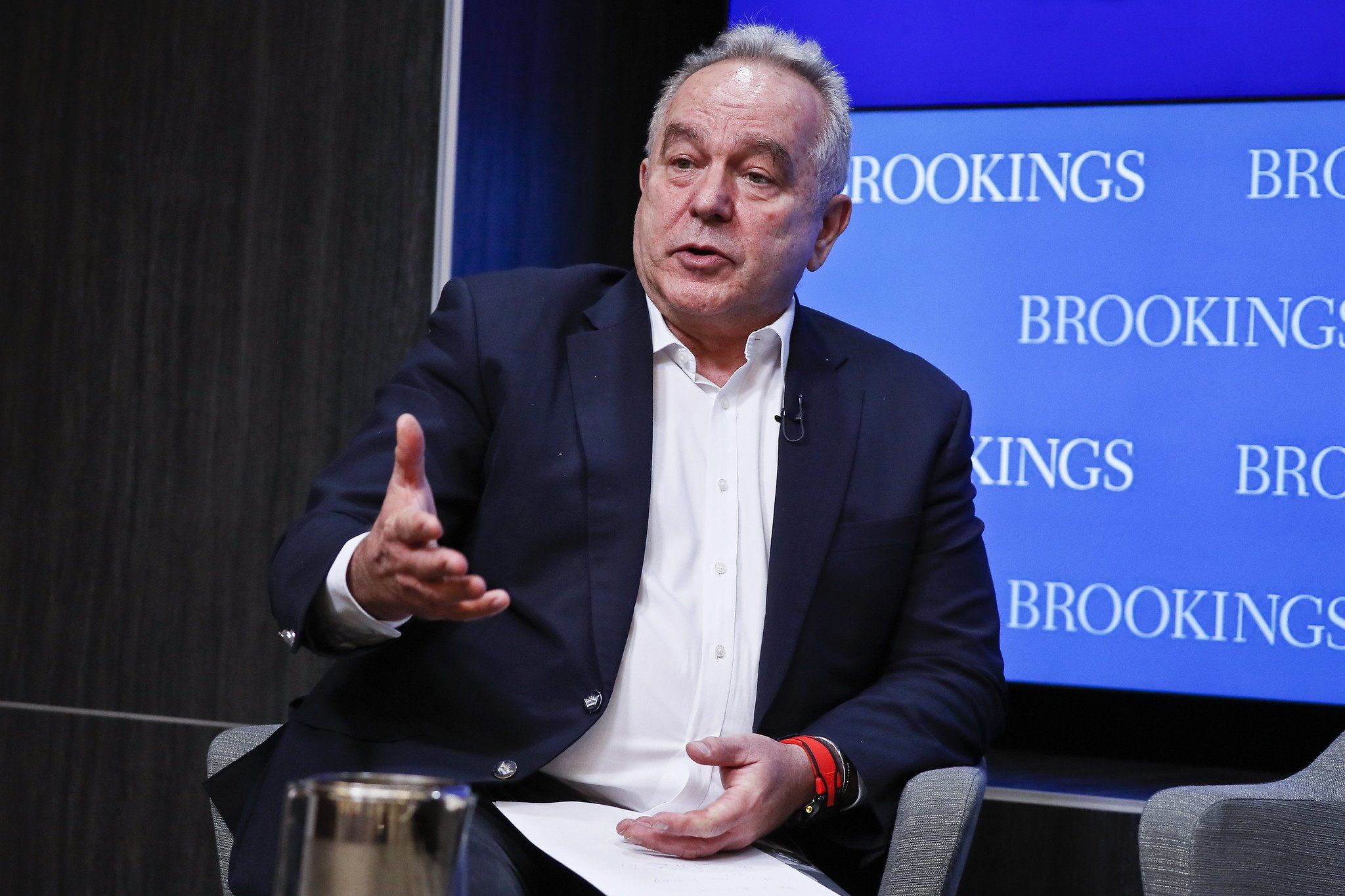The State Department announced on Monday that Indo-Pacific Coordinator Kurt Campbell, the Biden Administration’s top man for Asian affairs, would travel to the Solomon Islands on a diplomatic tour de force that will also include Fiji and Papua New Guinea.
Campbell will also be joined by senior officials from the Pentagon, and USAID.
Solomon Islands have lacked a U.S. ambassadorial presence for 29 years, and 37 years must be wound back to find the last time a U.S. State Secretary visited any Pacific Island.
Why has such a long absence been broken? The Solomon Islands recently signed a partnership agreement with China.
The transparent geo-political motivation of the announcement is clear, as were the follow-up comments by U.S. officials.
Chinese foreign ministry spokesman Wang Wenbin said that China was committed to helping the Solomon Islands “strengthen its capacity building to maintain its own security” in such areas as “maintaining social order, protecting people’s lives and property, humanitarian assistance and natural disaster response”.
“After many years, the senior U.S. officials suddenly are visiting a Pacific island country with great fanfare. We are curious whether they really care about the island country or have another agenda,” Wang said.
The agreement was made on Tuesday, a day after Campbell’s announced visit, which was in response to a leaking of a draft version of the China/Solomons agreement.
PICTURED ABOVE: Kurt Campbell, the Indo-Pacific Coordinator at the National Security Council, at a Brookings Institute event in 2020. PC: Brookings. CC 2.0.
If you think the stories you’ve just read were worth a few dollars, consider donating here to our modest $500-a-year administration costs.




